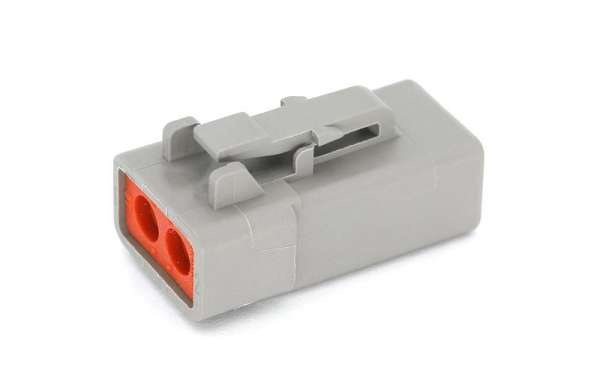Regular inspection and maintenance of 2 Pin Auto Electrical Connectors can prevent numerous electrical issues in vehicles. These connection points, while durable, can develop problems over time due to environmental exposure and normal wear. A systematic approach to connector maintenance helps ensure reliable electrical performance throughout the vehicle's service life.
Visual inspection serves as the first step in evaluating 2 Pin Auto Electrical Connectors. Technicians should look for obvious signs of damage such as cracked housings, bent pins, or corrosion on the metal contacts. Many electrical gremlins in vehicles trace back to compromised connectors that may appear fine at first glance but show problems upon closer examination. Discoloration of plastic housings often indicates overheating issues that require attention.
Corrosion represents one of the most common problems affecting 2 Pin Auto Electrical Connectors, particularly in older vehicles or those operated in humid climates. Proper cleaning techniques can restore functionality without requiring connector replacement. Specialized electrical contact cleaners, followed by application of dielectric grease, can prevent future corrosion while maintaining good conductivity. This maintenance step proves especially important for connectors located in wheel wells or undercarriage areas.
Connection integrity checks form another crucial aspect of 2 Pin Auto Electrical Connector maintenance. Even properly seated connectors can develop intermittent connections due to terminal fatigue or vibration damage. Gentle tug tests on wires near the connector can reveal loose crimps or broken strands that might cause intermittent faults. Many electrical diagnostic procedures begin with checking these basic connections before moving to more complex testing.
When replacing 2 Pin Auto Electrical Connectors, proper technique ensures long-term reliability. Matching the original connector type maintains system integrity, while proper crimping tools create secure terminations that won't loosen over time. Heat shrink tubing or quality electrical tape provides additional protection for repaired connections, particularly in high-vibration areas. These practices help maintain the original durability designed into automotive electrical systems.
Troubleshooting electrical issues often focuses on 2 Pin Auto Electrical Connectors as potential failure points. Voltage drop tests across connected terminals can reveal resistance problems that simple continuity tests might miss. Many intermittent electrical problems resolve simply by cleaning and reseating these connectors, emphasizing their role in overall system reliability. This makes them one of the first components to check when diagnosing electrical faults.
As vehicles accumulate mileage, preventive maintenance of 2 Pin Auto Electrical Connectors becomes increasingly important. Periodic inspection and cleaning of these connections can head off many potential electrical issues before they strand drivers or cause more significant system failures. This proactive approach proves particularly valuable for critical systems like fuel pumps, ignition components, and safety-related circuits where reliable electrical connections are non-negotiable.







